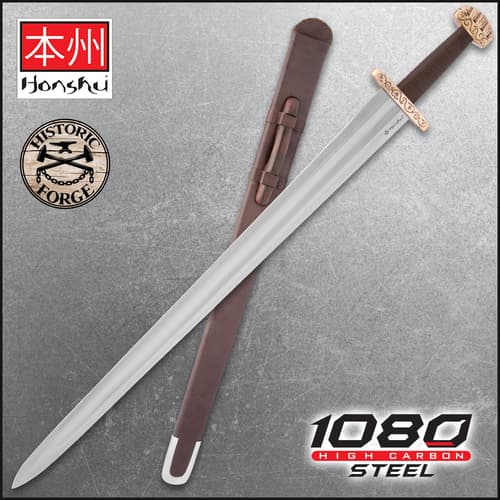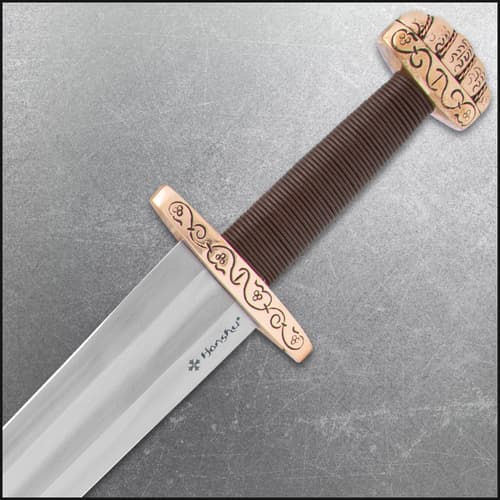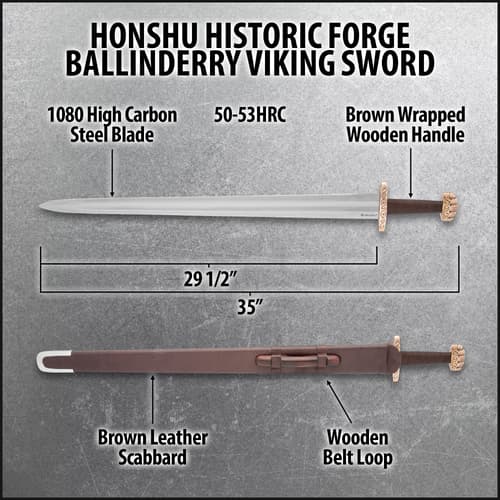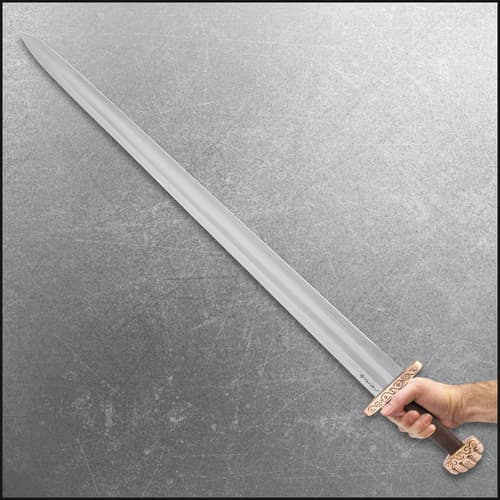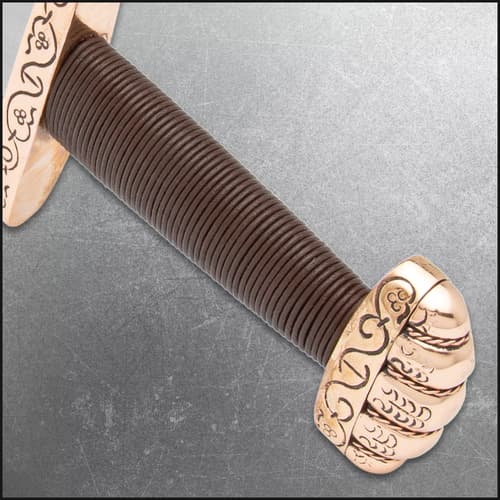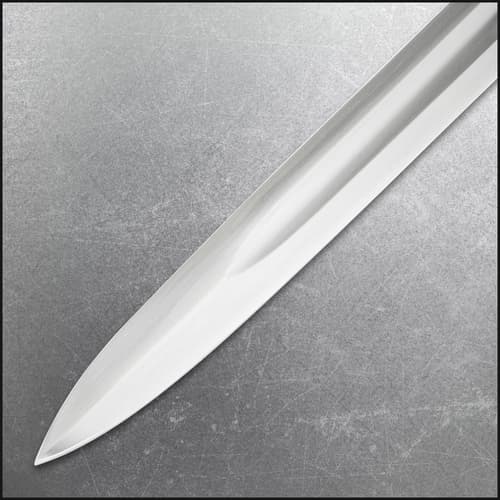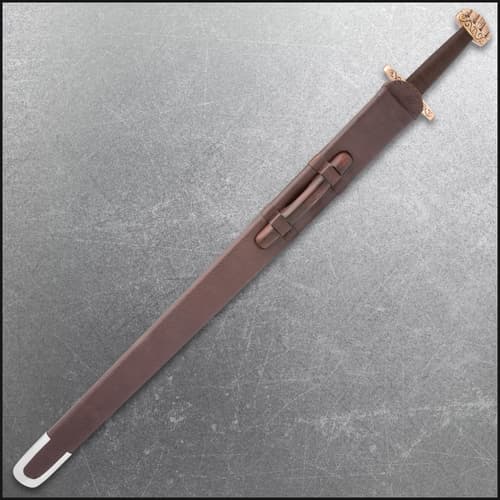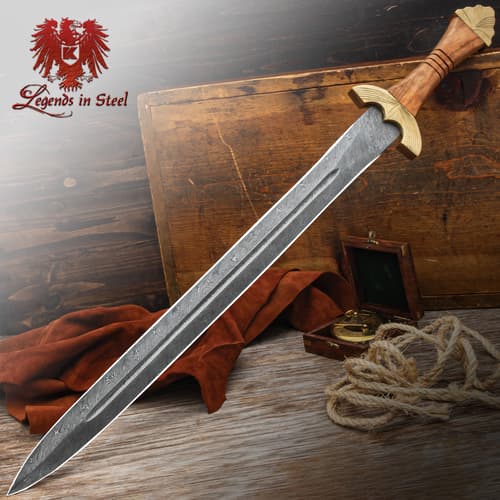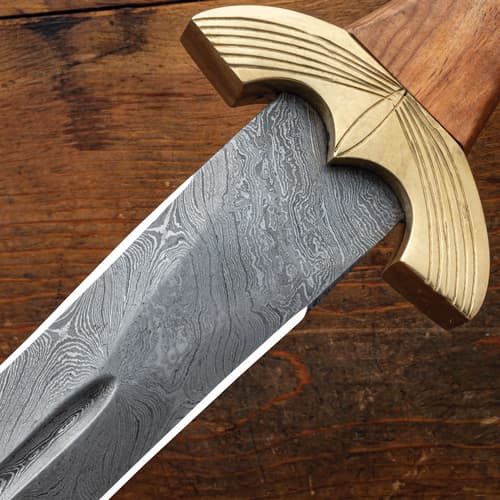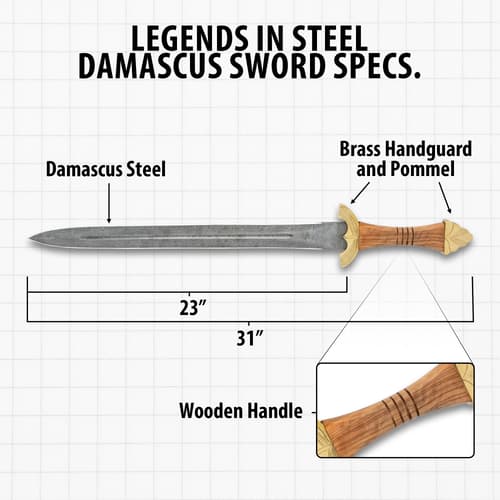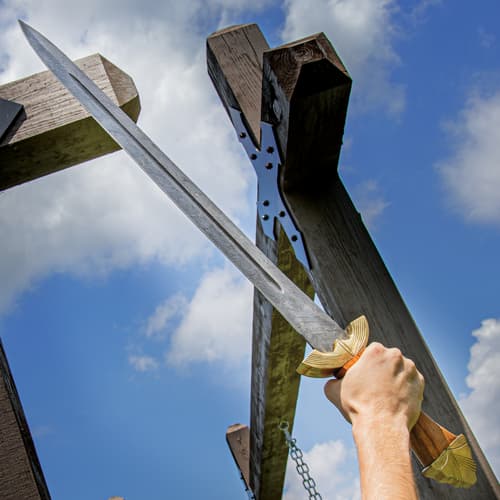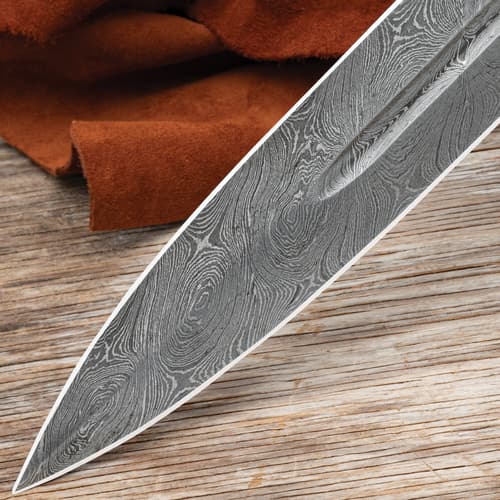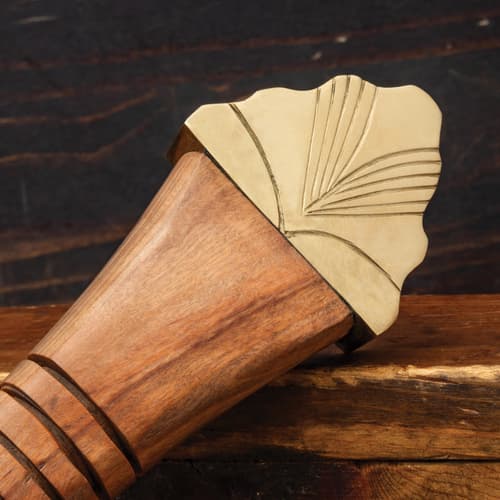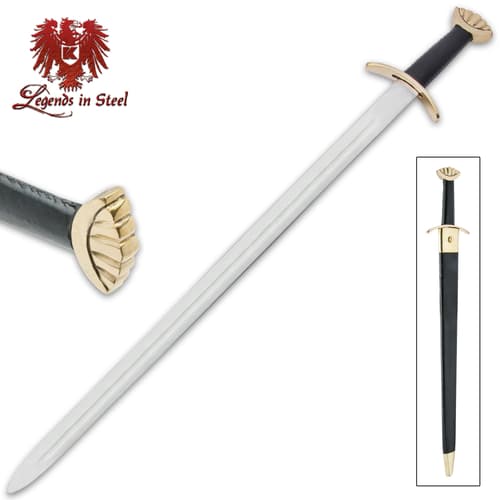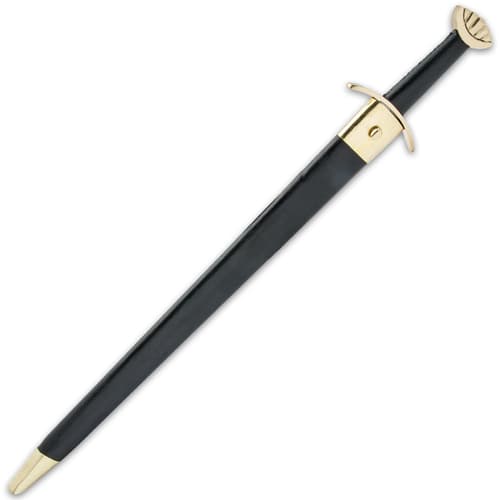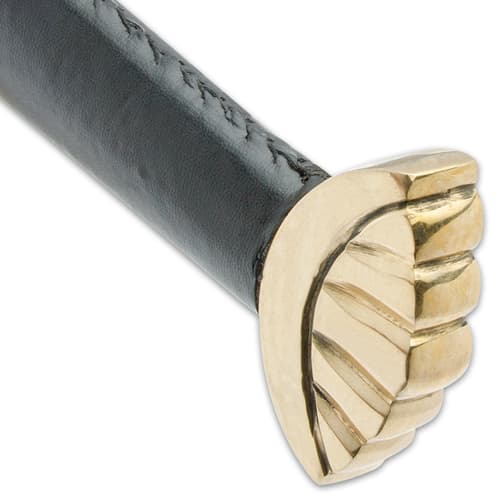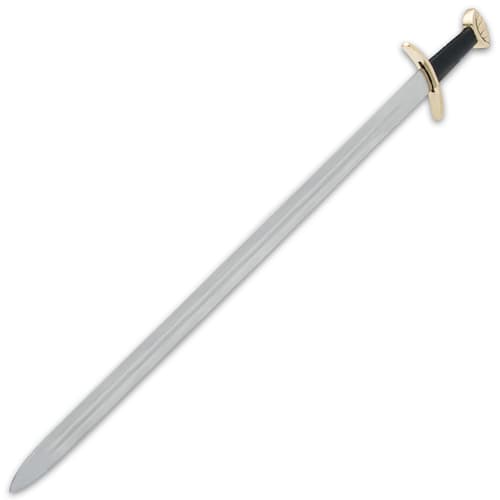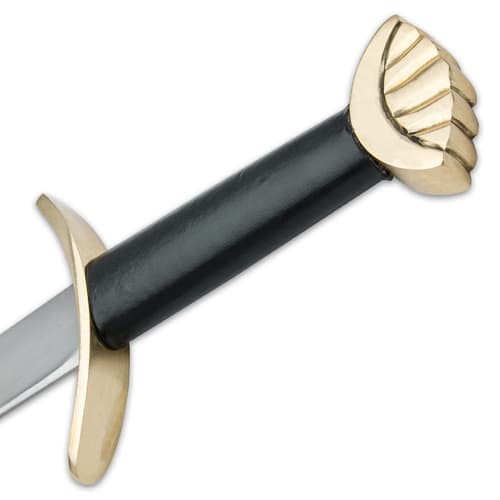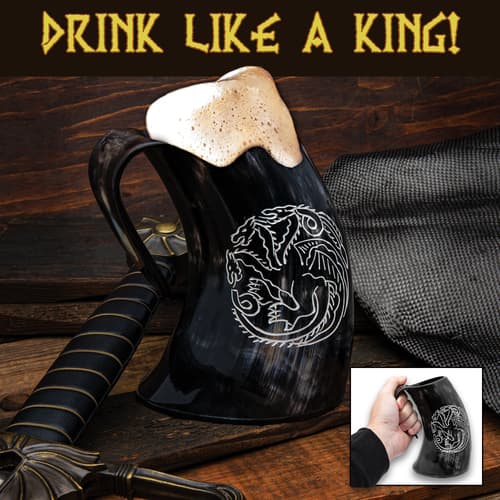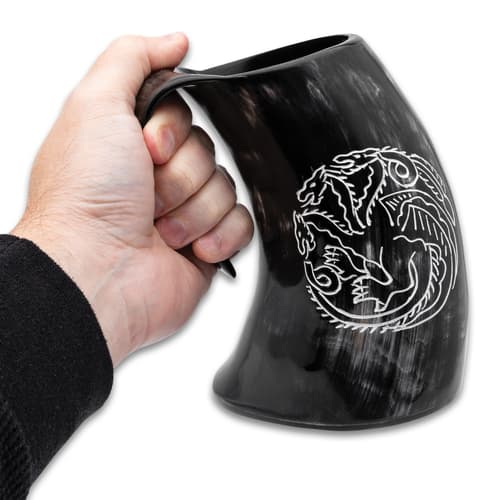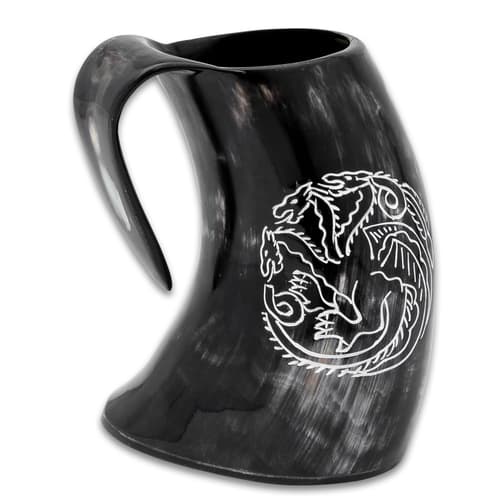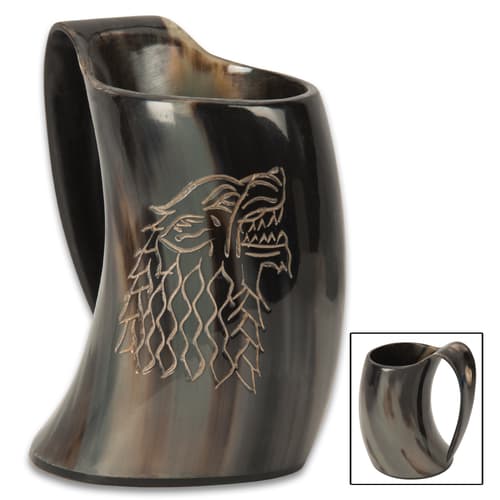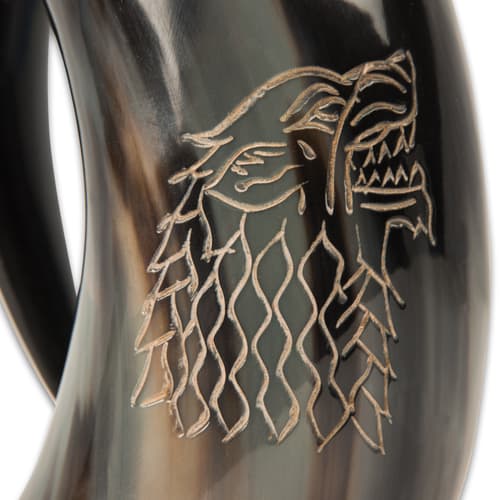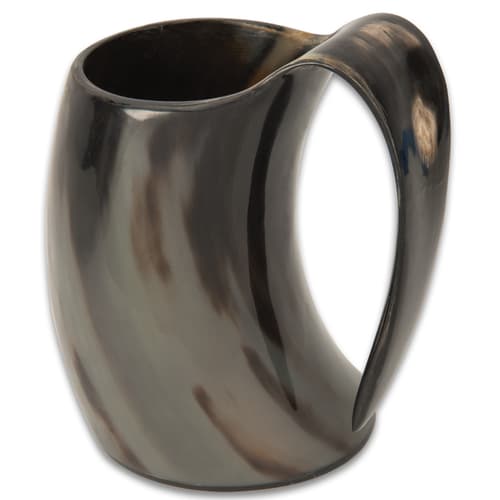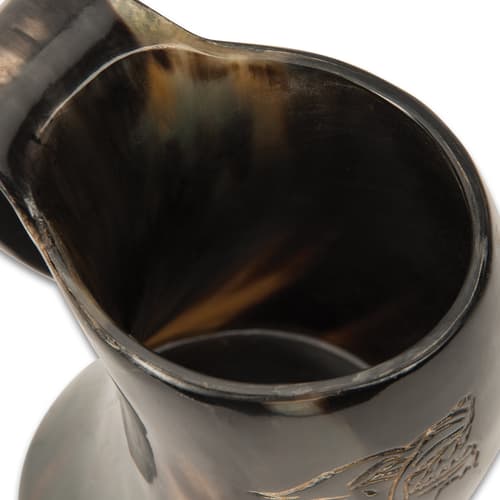The Seax Sword: A Comprehensive History of the Blade of the Saxons
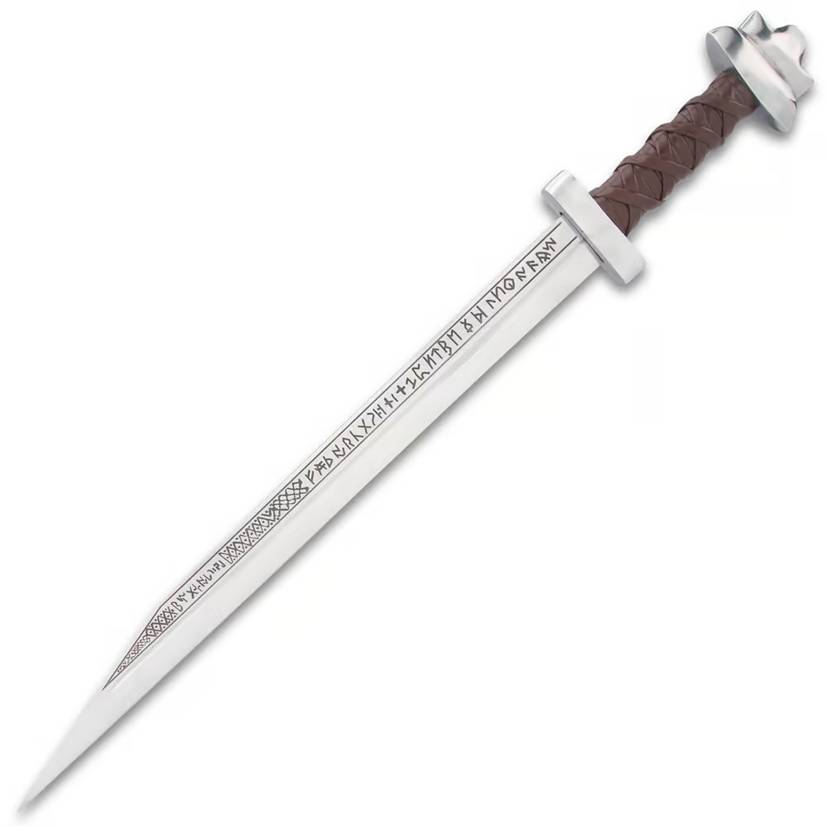

The seax sword, sometimes spelled sax, is one of the most iconic and distinctive bladed weapons of early medieval Europe. Most commonly associated with the Anglo-Saxons and other Germanic tribes, the seax was more than just a weapon; it was a cultural symbol, a utilitarian tool, and a defining mark of identity for warriors, settlers, and craftsmen across Northern Europe during the Early Middle Ages. This detailed article explores the origins, typology, cultural significance, and historical usage of the seax, shedding light on its evolution and enduring legacy.
Origins and Etymology
The word seax is derived from the Old English sēax, which simply means "knife." It shares roots with other Germanic languages—Old High German sahs, Old Norse sax—all variations referring to a single-edged knife or short sword. Interestingly, the very name "Saxon" is believed by some historians to stem from this weapon—“Saxon” possibly meaning "people of the seax."
The seax likely originated during the Migration Period (approximately 400–800 AD), emerging from earlier Iron Age and Roman utility knives and short swords. As Germanic tribes pushed westward and northward during this era of upheaval and resettlement, they carried with them this versatile blade, which quickly became standardized as a cultural mainstay.
The seax likely originated during the Migration Period (approximately 400–800 AD), emerging from earlier Iron Age and Roman utility knives and short swords. As Germanic tribes pushed westward and northward during this era of upheaval and resettlement, they carried with them this versatile blade, which quickly became standardized as a cultural mainstay.
What Kind of Weapon is a Seax?
At its core, the seax is a single-edged blade that ranges in size from small utility knives to full-sized short swords. It is often classified as a type of large knife or small sword, depending on its size and intended use. The hallmark characteristics of a seax include:
- Single-Edged Blade: Unlike double-edged swords like the spatha, the seax was always single-edged.
- Angled or Straight Spine: Many seaxes, especially the later “broken-back” types, featured a distinctive angular break in the spine of the blade, giving it a downward-angled profile.
- Full Tang Construction: The tang extended the full length of the grip, ensuring durability and ease of construction.
- Minimal Guard: Most seaxes lacked a pronounced crossguard or hilt, making them more utilitarian than ceremonial.
- Simple Handle: Handles were usually made of wood, bone, or antler, often without elaborate decoration.
Types of Seax Swords
Over centuries of use and development, several distinct types of seaxes emerged. Scholars and archaeologists typically classify them by their blade shape, size, and chronological context.
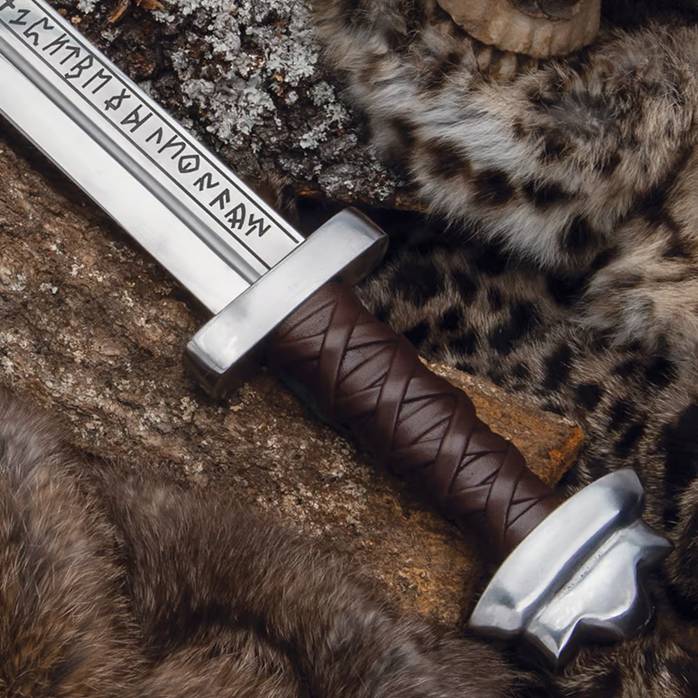

- Narrow Seax (5th–7th century)
- These were relatively small, with narrow blades and a curved spine.
- Often used as utility tools and worn horizontally on a belt.
- Archaeological finds indicate common use among both men and women.
- Broad Seax (7th century)
- Heavier and wider-bladed than earlier types.
- More clearly a weapon of war, likely carried by warriors and high-status individuals.
- Blade often decorated with inlay or engraving.


- Long Seax (8th–9th century)
- Sometimes over 60 cm (24 inches) in blade length.
- Designed as a combat blade, potentially serving in place of a sword.
- Carried in a scabbard suspended from the belt.
- Broken-Back Seax (9th–11th century)
- The most visually distinctive form, with a sharp angled break in the spine.
- Common in Anglo-Saxon England and Viking settlements.
- Very popular among the Norse and Anglo-Danish populations.
The Seax in Anglo-Saxon England
The seax holds special importance in Anglo-Saxon culture. Warriors were commonly buried with a seax, especially during the 6th and 7th centuries, and it often accompanied grave goods such as shields, spears, and swords. In some graves, it is the only weapon found, underscoring its everyday importance.
Several laws and texts from the Anglo-Saxon period reference the seax. For instance, legal codes such as those of King Alfred the Great mention the sax in the context of violence and injury, indicating its ubiquity as a weapon.
Additionally, surviving examples like the Seax of Beagnoth, discovered in the River Thames, show intricate inlay work and even inscribed runes—blending functional craftsmanship with deep cultural and magical significance. This famous seax includes the full 28-letter Anglo-Saxon futhorc runic alphabet, possibly for ritual or protective purposes.
Several laws and texts from the Anglo-Saxon period reference the seax. For instance, legal codes such as those of King Alfred the Great mention the sax in the context of violence and injury, indicating its ubiquity as a weapon.
Additionally, surviving examples like the Seax of Beagnoth, discovered in the River Thames, show intricate inlay work and even inscribed runes—blending functional craftsmanship with deep cultural and magical significance. This famous seax includes the full 28-letter Anglo-Saxon futhorc runic alphabet, possibly for ritual or protective purposes.
The Seax in Viking and Frankish Cultures
Although often associated with the Anglo-Saxons, the seax was widely used across many Germanic and Norse cultures. Viking warriors and Frankish soldiers also used seaxes, particularly the broken-back and long seax varieties.
In Viking societies, the seax served both as a tool and a backup weapon. Smaller versions might be worn on the belt for everyday use, while larger versions were part of a warrior’s armament. Seaxes appear frequently in Norse graves, especially in areas where Scandinavian and Anglo-Saxon culture intermingled.
Among the Franks, the seax played a more martial role in earlier centuries, before swords became more widely accessible. Carolingian warriors likely carried seaxes, and several Carolingian laws included references to them.
In Viking societies, the seax served both as a tool and a backup weapon. Smaller versions might be worn on the belt for everyday use, while larger versions were part of a warrior’s armament. Seaxes appear frequently in Norse graves, especially in areas where Scandinavian and Anglo-Saxon culture intermingled.
Among the Franks, the seax played a more martial role in earlier centuries, before swords became more widely accessible. Carolingian warriors likely carried seaxes, and several Carolingian laws included references to them.
Craftsmanship and Decoration
Seaxes varied from plain utility knives to ornate status symbols. Some high-status seax swords were richly decorated, with features such as:
- Pattern-welded blades: A technique where multiple types of iron and steel are twisted and forged together, creating intricate wave-like patterns.
- Silver or copper inlay: Often forming runic inscriptions, names, or symbols.
- Carved bone or antler hilts: Adding personal or symbolic detail to the grip.
- Decorative scabbards: Made from wood, leather, or horn, often customized for the owner.
Decline and Legacy
By the end of the 11th century, the seax began to fall out of widespread military use, especially as European swordsmithing advanced and swords became more affordable to a broader range of warriors. The rise of the knightly longsword and improved armor also shifted battlefield tactics, reducing the utility of shorter blades like the seax in combat.
However, its cultural impact remained. The seax is immortalized in modern heraldry—most notably in the coat of arms of Essex and Middlesex in England, both of which feature three golden seaxes. These images reflect the deep-rooted legacy of the weapon in early English identity.
Today, the seax remains a beloved symbol among reenactors, historians, blacksmiths, and blade enthusiasts. It represents a time when the line between weapon and tool was thin, and when every free person, from warrior to farmer, carried a blade not just for battle, but for life itself.
However, its cultural impact remained. The seax is immortalized in modern heraldry—most notably in the coat of arms of Essex and Middlesex in England, both of which feature three golden seaxes. These images reflect the deep-rooted legacy of the weapon in early English identity.
Today, the seax remains a beloved symbol among reenactors, historians, blacksmiths, and blade enthusiasts. It represents a time when the line between weapon and tool was thin, and when every free person, from warrior to farmer, carried a blade not just for battle, but for life itself.
Replica Seax Swords: History Lives On
The seax is more than a blade—it’s a cultural artifact that embodies the spirit of early medieval Europe. From the marshes of East Anglia to the fjords of Scandinavia, it was a symbol of survival, sovereignty, and status.
In many ways, the seax tells the story of the Saxons and their kin: pragmatic, formidable, and enduring. Whether viewed as a sword, a knife, or something in between, the seax stands as a uniquely fascinating piece of weaponry history—one that continues to inspire curiosity and respect more than a millennium after its rise.
If you’re interested in owning a replica seax sword that can really capture the spirit of these blades and the tradition behind them, you’re in the right place! Here at True Swords, we carry a variety of historical blades, including seax, Viking swords, and many others.
In many ways, the seax tells the story of the Saxons and their kin: pragmatic, formidable, and enduring. Whether viewed as a sword, a knife, or something in between, the seax stands as a uniquely fascinating piece of weaponry history—one that continues to inspire curiosity and respect more than a millennium after its rise.
If you’re interested in owning a replica seax sword that can really capture the spirit of these blades and the tradition behind them, you’re in the right place! Here at True Swords, we carry a variety of historical blades, including seax, Viking swords, and many others.
